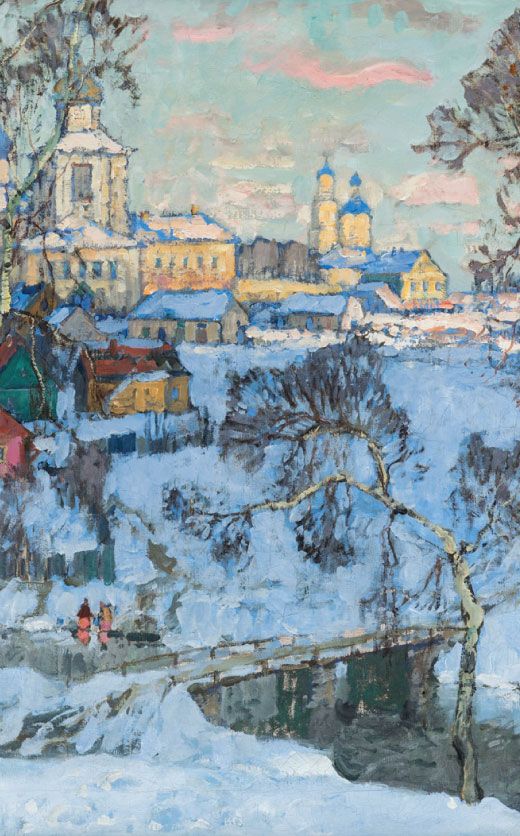13th C. Chinese Yuan Painted Wood Guanyin Sculpture
Lot 195
About Seller
Artemis Fine Arts
686 S Taylor Ave, Ste 106
Louisville, CO 80027
United States
Selling antiquities, ancient and ethnographic art online since 1993, Artemis Gallery specializes in Classical Antiquities (Egyptian, Greek, Roman, Near Eastern), Asian, Pre-Columbian, African / Tribal / Oceanographic art. Our extensive inventory includes pottery, stone, metal, wood, glass and textil...Read more
Categories
Estimate:
$4,500 - $6,750
Absentee vs Live bid
Two ways to bid:
- Leave a max absentee bid and the platform will bid on your behalf up to your maximum bid during the live auction.
- Bid live during the auction and your bids will be submitted real-time to the auctioneer.
Bid Increments
| Price | Bid Increment |
|---|---|
| $0 | $25 |
| $300 | $50 |
| $1,000 | $100 |
| $2,000 | $250 |
| $5,000 | $500 |
| $10,000 | $1,000 |
| $20,000 | $2,500 |
| $50,000 | $5,000 |
| $100,000 | $10,000 |
| $200,000 | $20,000 |
About Auction
By Artemis Fine Arts
Aug 22, 2025
Set Reminder
2025-08-22 10:00:00
2025-08-22 10:00:00
America/New_York
Bidsquare
Bidsquare : Indigenous Art - Ralph T. Coe Center, Santa Fe, NM
https://www.bidsquare.com/auctions/artemis-gallery/indigenous-art---ralph-t-coe-center-santa-fe-nm-20324
Featuring works of art from the Ralph T. Coe Center for the Arts in Santa Fe, New Mexico, a non-profit focused on promoting Indigenous Arts globally. All proceeds from the sale of these items will support future grants to Rehoming Program participants. Artemis Fine Arts info@artemisfinearts.com
Featuring works of art from the Ralph T. Coe Center for the Arts in Santa Fe, New Mexico, a non-profit focused on promoting Indigenous Arts globally. All proceeds from the sale of these items will support future grants to Rehoming Program participants. Artemis Fine Arts info@artemisfinearts.com
- Lot Description
East Asia, China, Yuan to Ming Dynasty, ca. 1271 to 1644 CE. A wooden sculpture of the bodhisattva Guanyin (Avalokiteshvara), seated in a relaxed lalitasana pose (royal ease) atop a pedestal resembling a rocky outcropping. She is depicted in flowing robes cinched across her chest, with a plump face and elaborate headdress, embodying femininity and grace. The surface retains traces of white and red pigments as well as gesso. The back features a square niche with a removable cover, likely intended for inserting prayers or votive offerings. Guanyin is a shortened form of the widely used Chinese name for the bodhisattva of compassion: Guanshiyin, meaning "The One Who Perceives the Sounds of the World." While initially depicted as male in Indian Buddhism, Guanyin has been predominantly represented as female in China and much of East Asia since around the 12th century, influenced by various sociocultural and geographical factors. Size: 8" W x 16" H (20.3 cm x 40.6 cm)
Provenance: private Los Angeles, California, USA collection, acquired from 1990 to 2005
All items legal to buy/sell under U.S. Statute covering cultural patrimony Code 2600, CHAPTER 14, and are guaranteed to be as described or your money back.
A Certificate of Authenticity will accompany all winning bids.
We ship worldwide and handle all shipping in-house for your convenience.
#192629Left hand is reattached, but repair is nearly indiscernible. Losses to the wood especially the rocky outcropping / base from age and old inactive insect activity, and insect bore holes throughout. Losses to the toes on her foot. Fading and losses to pigment.Condition
- Shipping Info
-
All shipping is handled in-house for your convenience. Your invoice from Artemis Fine Arts will include shipping calculation instructions. If in doubt, please ask before bidding for estimated shipping costs for individual items.
-
- Buyer's Premium



 EUR
EUR CAD
CAD AUD
AUD GBP
GBP MXN
MXN HKD
HKD CNY
CNY MYR
MYR SEK
SEK SGD
SGD CHF
CHF THB
THB














